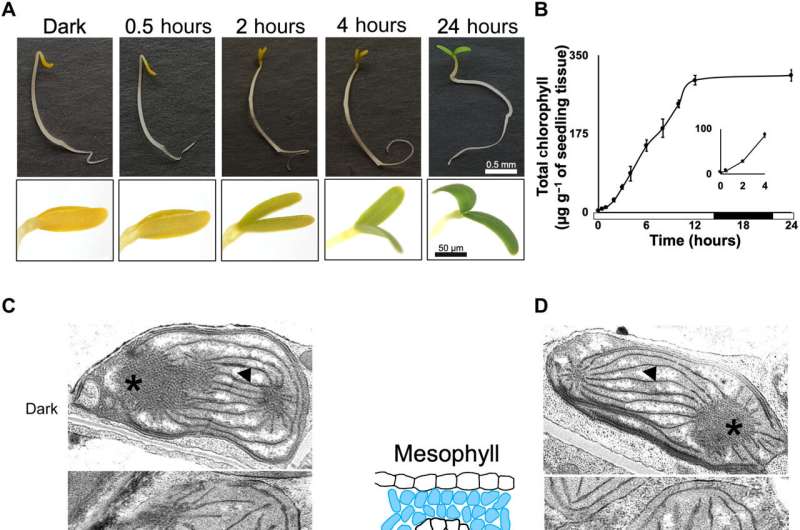This article has been reviewed according to Science X's editorial process and policies. Editors have highlighted the following attributes while ensuring the content's credibility:
fact-checked
peer-reviewed publication
trusted source
proofread
New insights into engineering climate smart crops for the future

New research in the field of plant sciences has made significant advances towards understanding the underlying reasons behind why certain crops are better at generating more yield than others.
The study, published in the journal Science Advances, paves the way for how smart plants could be engineered in the future to improve their productivity and yield.
The research—conducted at the Department of Plant Sciences, University of Cambridge, and led by Dr. Pallavi Singh, currently at the University of Essex's School of Life Sciences—focused on photosynthesis, which is one of the most complicated and important processes that plants use to turn light, carbon dioxide, and water into sugars that fuel life on Earth.
There are two kinds of photosynthesis: C3 and C4. Most food crops—such as rice, wheat, barley and oats—depend on the less efficient C3 photosynthesis, where carbon is fixed into sugar inside cells called 'mesophyll' where oxygen is abundant. However, oxygen can hamper photosynthesis. C4 crops—such as maize, sugarcane, sorghum and millets—have evolved specialized 'bundle sheath' cells to concentrate carbon dioxide, which makes C4 photosynthesis as much as 60 percent more efficient, particularly in hot and dry environments.
Due to the global rise in temperatures, C3 plants are growing in regions which are often hot and dry, meaning they could benefit from the energy-saving mechanisms of C4 photosynthesis. However, C4 photosynthesis is very complex, poorly understood, and has only been investigated mainly on a gene-by-gene basis to see if its mechanism can be used to improve productivity of C3 crops.
The five-year research project took a more genome-wide, comprehensive approach to investigate the differences between C4 and C3. Working with Professor Julian Hibberd and his Cambridge colleagues, Dr. Singh's research has provided unprecedented new insights into the evolution of C4 photosynthesis, finding that C4 plants have acquired more 'light regulatory elements'—which are like master switches for photosynthesis—therefore paving the way to engineer C3 plants to be more like C4 plants.
"We are so pleased that our research provides significant advances in our current understanding of why C4 plants are more efficient at photosynthesis," said Dr. Singh. "With the world's booming population, future food security will be a growing issue around the globe, and we need to find scientific solutions to make our crops more efficient so they improve their yields and develop better mechanisms to cope with climate change so we can feed the planet."
More information: Pallavi Singh et al, C4 gene induction during de-etiolation evolved through changes in cis to allow integration with ancestral C3 gene regulatory networks, Science Advances (2023). DOI: 10.1126/sciadv.ade9756
Journal information: Science Advances
Provided by University of Essex





















